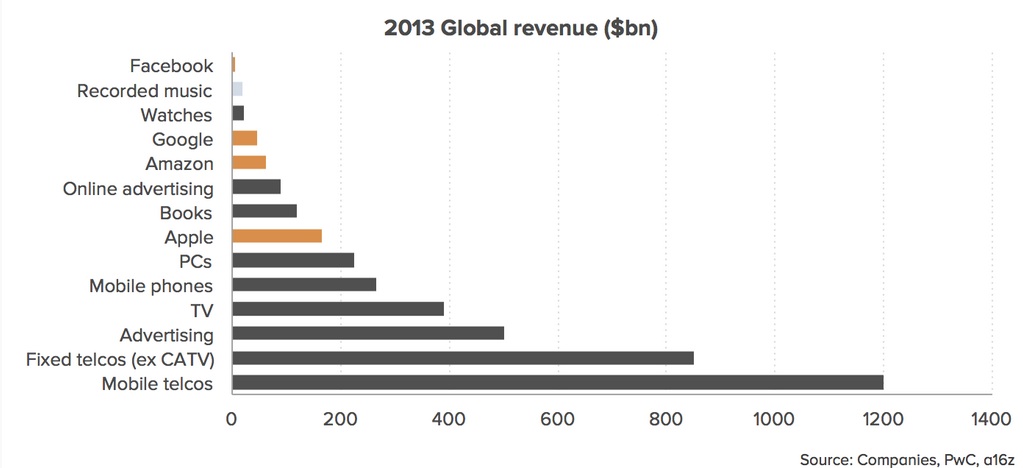The FTC is suing Qualcomm, the chip maker, in the first major monopoly case since the Microsoft one all those years ago. In his weekly newsletter, Matt Stoller provides a useful historical comparison to put the case in its context:
Qualcomm is a very important corporation, but one you may not have heard of because it doesn’t do consumer oriented work. The company makes critical components for cell phones, the stuff you don’t see but that goes into the guts of telecom systems. Its technology connects phones to cell networks, and it makes its money by selling chips and by licensing its patents to device makers.
The story of how Qualcomm monopolizes is pretty simple. The corporation does what Bill Gates did to computer manufacturers and what John D. Rockefeller did to railroads, as I wrote a few weeks ago. Rockefeller’s oil was critical to railroads, and Gates’s operating system software was critical to computer makers. Both of them thus forced their dependents to give them a fee not just for every Rockefeller barrel of oil or Microsoft OS license, but a fee for every one of their competitors’ as well. They taxed their competition and made it impossible to compete.
Qualcomm does this as well. As its competitor Intel explained, Qualcomm “refuses to sell [phone makers] any chipsets unless those manufacturers also purchase separate patent licenses that require them to pay exorbitant royalties for every handset they sell, regardless of whether the handset contains a Qualcomm chipset.” In other words, it’s the Gates/Rockefeller playbook. Find an essential chokehold, and use it to control the industry.
Qualcomm uses a few other anti-competitive tactics. It refused to license its patents – essentially standard and necessary for the industry – to competitors. And it cut exclusive deal arrangements with customers to box anyone else out of the market. (You can read the rest of Intel’s amicus brief if you want to hear expensive lawyers accurately whine about being treated unfairly.)
The strange thing is, though, that important sectors of the US government are trying to intervene in the case, effectively opposing the FTC. Their argument is that the suit undermines national security.
The DOJ argument is basically saying, yeah, Qualcomm does all that stuff, but Judge Gorsuch said it’s all legal and efficient, and we don’t want to dissuade the liberty to abuse patents and market power. Two other officials, one at the Department of Defense and another at the Department of Energy, also weighed in. Ellen Lord, a former defense contractor and the Under Secretary of Defense for Acquisition and Sustainment for the DOD, argued that Qualcomm’s position as a monopolist enables it to support national security and help China. A Department of Energy official Max Everett basically said the same thing.
The national security argument is BS, says Stoller, but not for the reason you’d think. He quotes an excerpt from a WSJ OpEd by Michael Chertoff, a former senior Cabinet officer in previous US administrations.
In the technology race against China, the U.S. should prefer to let competition drive innovation rather than support exclusive national champions. Apart from the economic inefficiency, a single-source national champion creates an unacceptable risk to American security—artificially concentrating vulnerability in a single point. The government’s argument in support of Qualcomm isn’t prudent, and if courts accept it, the result would be a self-inflicted wound to U.S. national interests. We need competition and multiple providers, not a potentially vulnerable technological monoculture.
Underpinning this argument is a prevailing denialism about China in the American Deep State. What happens, Stoller says, is that China either hacks US corporations to steal their intellectual property, or acquires it legally when they try to do business in China. So: China innovates at speed by topping up its own (substantial) native ingenuity with the ideas and wisdom of its US competitors, while those same competitors are locked out by monopolisation and patent restrictions from exploiting that same, locally-developed intellectual property in their own country.
End result: China races ahead. Madness on stilts.

